It was the famous English botanist William Jackson Hooker, who named the Bulbophyllum careyanum (Hook.) Spreng. 1826 orchid species, in honour to the English botanist and missonary William Carey (1761-1834) as Anisopetalum careyanum Hook. 1825. The German botanist Curt Polycarp Joachim Sprengel (1766-1833) changed the name a year later to Bulbophyllum careyanum. Bulbophyllum careyanum, an Read More »
2leep.com
Read the full article...
Bulbophyllum lobbii Lindl. 1847 is an epiphytic growing orchid species, native to Malaysia, Indonesia, the Philippines and New Guinea. As we found that beautiful orchid it was labeled as Bulbophyllum polystictum Ridl. 1909, which is just accepted as a synonym. Some orchid sources say, that Bulbophyllum polystictum looks a bit different to the Bulbophyllum lobbii. Read More »
2leep.com
Read the full article...
Bulbophyllum auratum (Lindl.) Ridl. 1861 was primaryly described by Sir John Lindley as Cirrhopetalum auratum Lindl. 1840, which is still used as a synonym. The epiphytic growing Bulbophyllum auratum orchid species is native to India (Sikkim), Thailand, Malaysia, Indonesia and the Philippines. The spectacular flowers get a length of about 1,5 cm. Flowering period: June Read More »
2leep.com
Read the full article...
Bulbophyllum makoyanum (Rchb.f) Ridl. 1879 has been primarily named by Heinrich Gustav Reichenbach as Cirrhopetalum makoyanum Rchb.f 1879 in honour to its provider Jacob-Macoy Lambert (1790-1873) a Belgian horticulturist and plant collector. The Bulbophyllum makoyanum orchid species is native to Malaysia, Indonesia and the Philippines. In common parlance this orchid beauty is called Daisy Orchid. Read More »
2leep.com
Read the full article...
Bulbophyllum affine Lindl. 1833 is an epiphytic growing
miniature orchid species native to the Himalayas, India (Assam, Sikkim),
Nepal, Bhutan, Burma (Myanmar), Thailand, Laos, South China,
Vietnam, Taiwan and Japan (Ryukyu Islands).
2leep.com
Read the full article...
 Macradenia multiflora (Kraenzl.) Cogn. 1904
Macradenia multiflora (Kraenzl.) Cogn. 1904 Pink Banana (Musa velutina)
Pink Banana (Musa velutina) Oberonia myosurus (G. Forst.) Lindl. 1830
Oberonia myosurus (G. Forst.) Lindl. 1830 Cattleya Love Knot
Cattleya Love Knot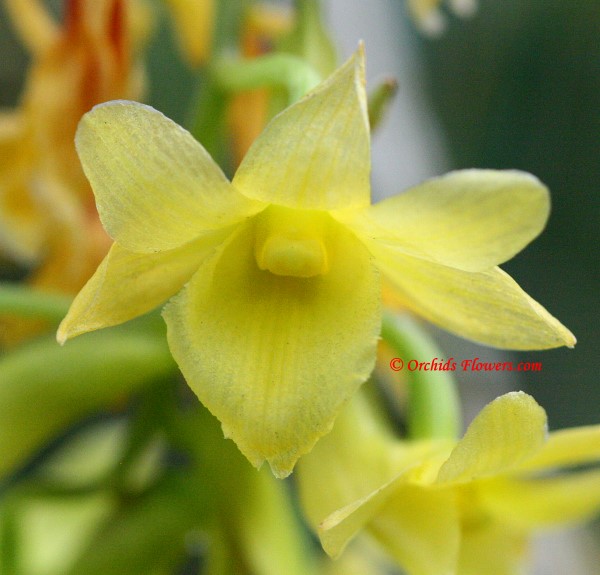 Dendrobium cerinum Rchb. f. 1879
Dendrobium cerinum Rchb. f. 1879 Renanthera Kalsom Red Dragon
Renanthera Kalsom Red Dragon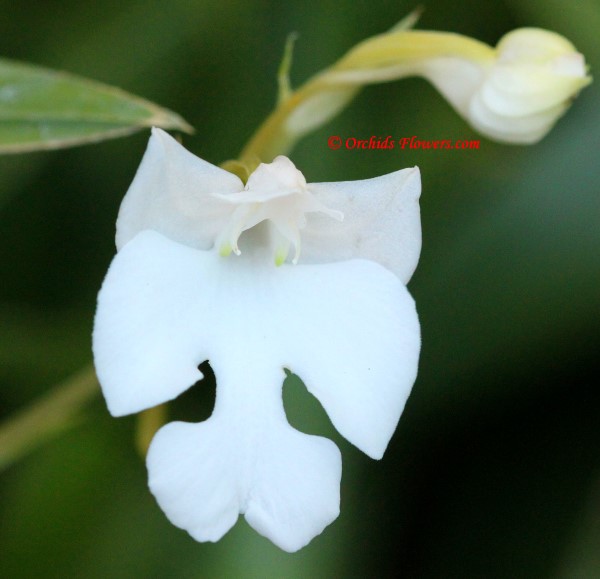 Terrestrial Orchid Habenaria carnea
Terrestrial Orchid Habenaria carnea Yellow Samurai Orchid (Neofinetia falcata Kibana Fuuran)
Yellow Samurai Orchid (Neofinetia falcata Kibana Fuuran) Spathoglottis Citrus Cooler Sorbet
Spathoglottis Citrus Cooler Sorbet Hoya bella Wax Flower
Hoya bella Wax Flower Phalaenopsis Tying Shin Sapphire
Phalaenopsis Tying Shin Sapphire Epithechea Orange Blaze (Epidendrum Orange Blaze)
Epithechea Orange Blaze (Epidendrum Orange Blaze) Bulbophyllum vaginatum Rchb. f. 1864
Bulbophyllum vaginatum Rchb. f. 1864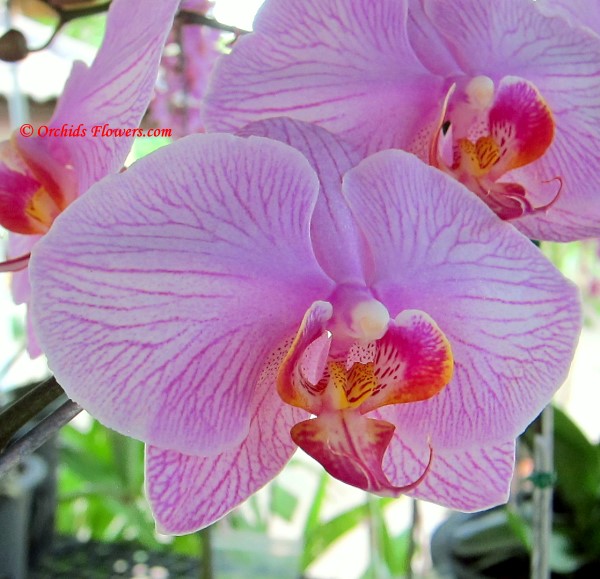 Moth Orchid Phalaenopsis Eleanor Yates
Moth Orchid Phalaenopsis Eleanor Yates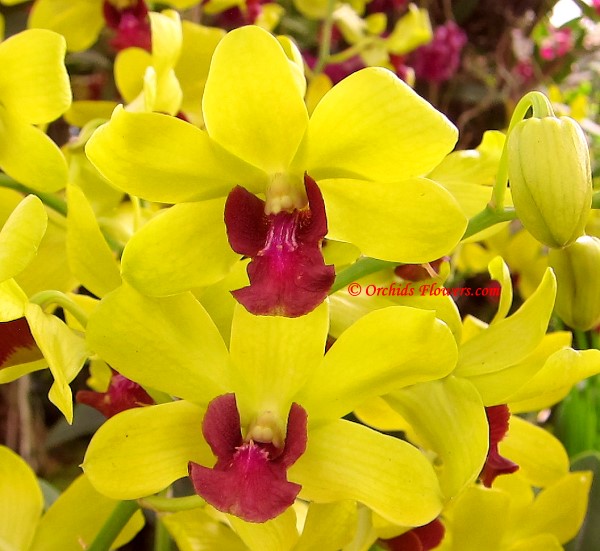 Dendrobium Thongchai Gold
Dendrobium Thongchai Gold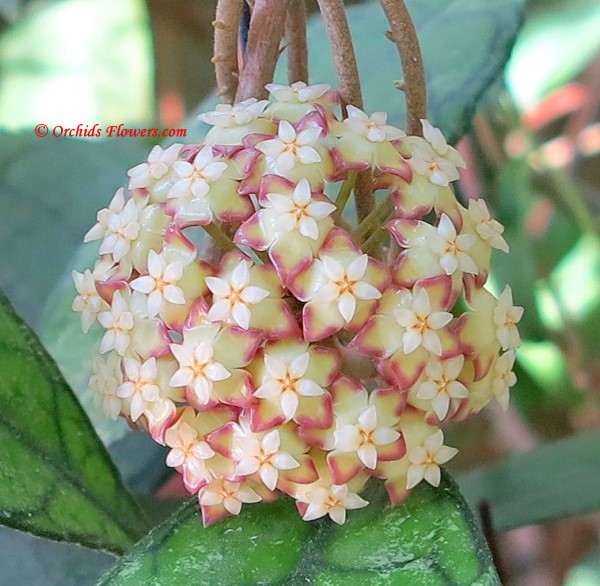 Hoya finlaysonii Wax Flower
Hoya finlaysonii Wax Flower Bulbophyllum sikkimense (Cirrhopetalum sikkimense)
Bulbophyllum sikkimense (Cirrhopetalum sikkimense) Dendrobium formosum Roxb. 1832
Dendrobium formosum Roxb. 1832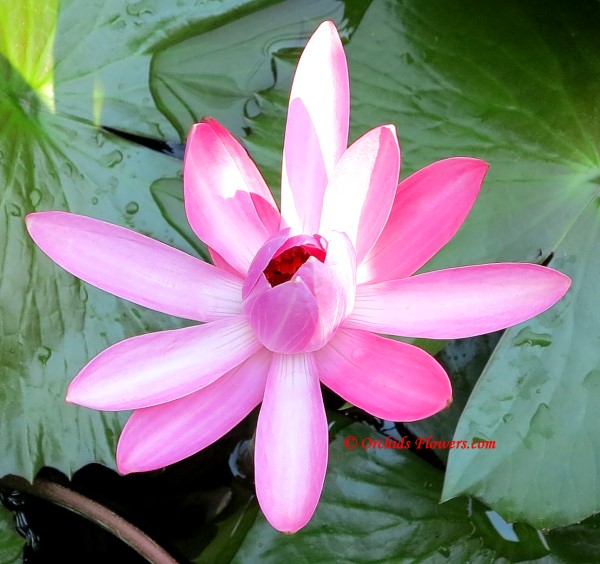 Pink Tiger Lotus (Nymphaea Ortgiesiano-rubra)
Pink Tiger Lotus (Nymphaea Ortgiesiano-rubra)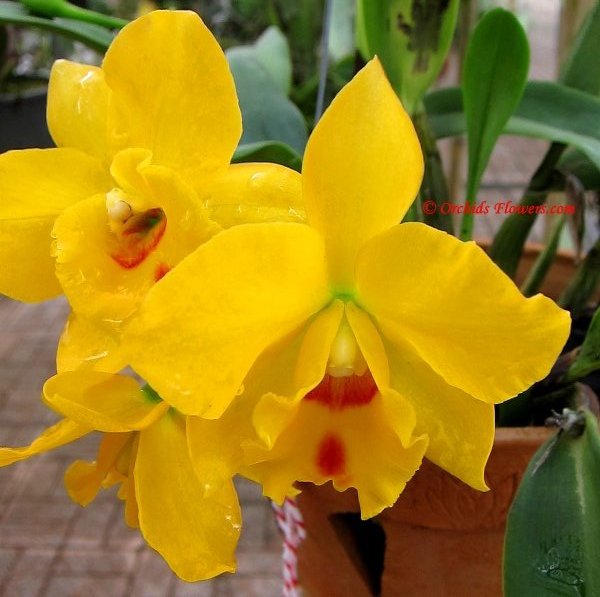 Rhyncattleanthe Free Spirit
Rhyncattleanthe Free Spirit

 Hoya macgillivrayi F. M. Bailey 1914
Hoya macgillivrayi F. M. Bailey 1914 Monkey Flower Tree (Phyllocarpus septentrionalis)
Monkey Flower Tree (Phyllocarpus septentrionalis)